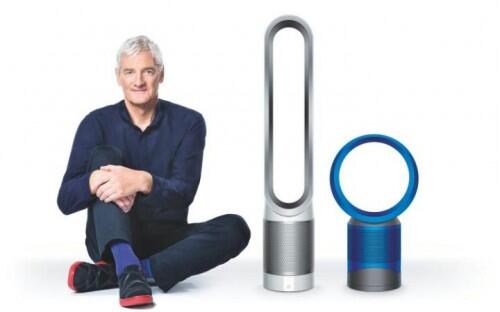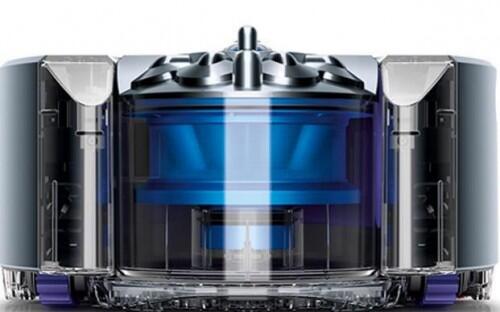Air pollution is not only outdoors, and the air in your house or office could also be polluted. Sources of indoor pollution include mold and pollen , tobacco smoke, household products and pesticides, gases such as radon and carbon monoxide , materials used in the building such as asbestos, formaldehyde and lead.
According to EPA, Sometimes a group of people have symptoms that seem to be linked to time spent in a certain building. There may be a specific cause, such as Legionnaire’s disease. Sometimes the cause of the illness cannot be found. This is known as sick building syndrome.
Usually indoor air quality problems only cause discomfort. Most people feel better as soon as they remove the source of the pollution. However, some pollutants can cause diseases that show up much later, such as respiratory diseases or cancer.
Making sure that your building is well-ventilated and getting rid of pollutants can improve the quality of your indoor air.
Indoor air pollution kills millions every year, and now, the British company Dyson is presenting a new solution. The company, which is best known for its sleek bag-less vacuum cleaners, is launching its first home air purifier in the UK.
Known as the Dyson Pure Cool Link fan, the product will also be Dyson’s first ever foray into the connected home, launched along with an app that tracks the air quality in your home or office, and alerts you to change.
James Dyson with the two air purifiers CREDIT: DYSON
Studies show that air pollution inside a home can be up to five times worse than outdoors. “We think it is polluted outside of our homes, but the air inside can be far worse,” said Sir James Dyson, the company’s founder and chief executive. “Dyson engineers focused on developing a purifier that automatically removes ultrafine allergens, odours and pollutants from the indoor air, feeding real time air quality data back to you.”
The dangers of indoor air pollution were recently highlighted in a report published by the Royal College of Physicians in February. According to the study, indoor air pollution may have caused or contributed to 99,000 deaths annually in Europe alone.
The biggest culprits were common items such as air fresheners and personal hygiene, DIY and cleaning products.
Dyson’s gadget claims it can remove 99.95 per cent of these indoor allergens and pollutants as small as tobacco smoke and carbon dust.
https://www.youtube.com/watch?v=C5wyJeUgOgM
The bladeless purifier comes in two sizes – the £350 desk version and the £450 tower purifier which can move larger volumes of air. The products and the app will be available globally from Thursday.
It has a patented 360-degree glass filter that is able to pull in and mix air from around the room, rather than focusing on a single area.
“Ours outperforms others on the market, capturing 99.95 per cent of particles down to 0.1 microns,” a Dyson spokesman said.
In 2015, Dyson launched 17 new products and sold 10m machines globally. The company is investing heavily in shedding its image as a vacuum cleaner maker, to transform into a cutting-edge robotic technology company.
The 360 Eye robot vacuum cleaner
In the UK, it already sells a diverse selection of products including a humidifier, a cooling fan, and a combined heater/cooler known as the Dyson Hot + Cool. Last year, the company launched a robotic vacuum cleaner in Japan, which it plans to roll out globally this summer.
This year, Dyson will spend £5m per week on R&D, and has 50 active research programs with 20 universities. Sir James said: “By ramping up our investment in technology and expanding research and development we are developing machines that perform better and disrupt the status quo. We put faith in young bright minds – our average age is twenty six.”
WHO: 4.3 million people/year die due to Air Pollution
The World Health Organization (WHO) mentioned on its website that around 3 billion people cook and heat their homes using solid fuels (i.e. wood, charcoal, coal, dung, crop wastes) on open fires or traditional stoves. Such inefficient cooking and heating practices produce high levels of household (indoor) air pollution which includes a range of health damaging pollutants such as fine particles and carbon monoxide.
It added that in poorly ventilated dwellings, smoke in and around the home can exceed acceptable levels for fine particles 100-fold. Exposure is particularly high among women and young children, who spend the most time near the domestic hearth.
According to WHO, 4.3 million people a year die from the exposure to household air pollution.
WHO’s Programme on Household Air Pollution
To combat this substantial and growing burden of disease, WHO has developed a comprehensive programme to support developing countries. WHO’s Programme on Household Air Pollution focuses on:
- Research and evaluation
- Capacity building
- Evidence for policy-makers
- Databases













